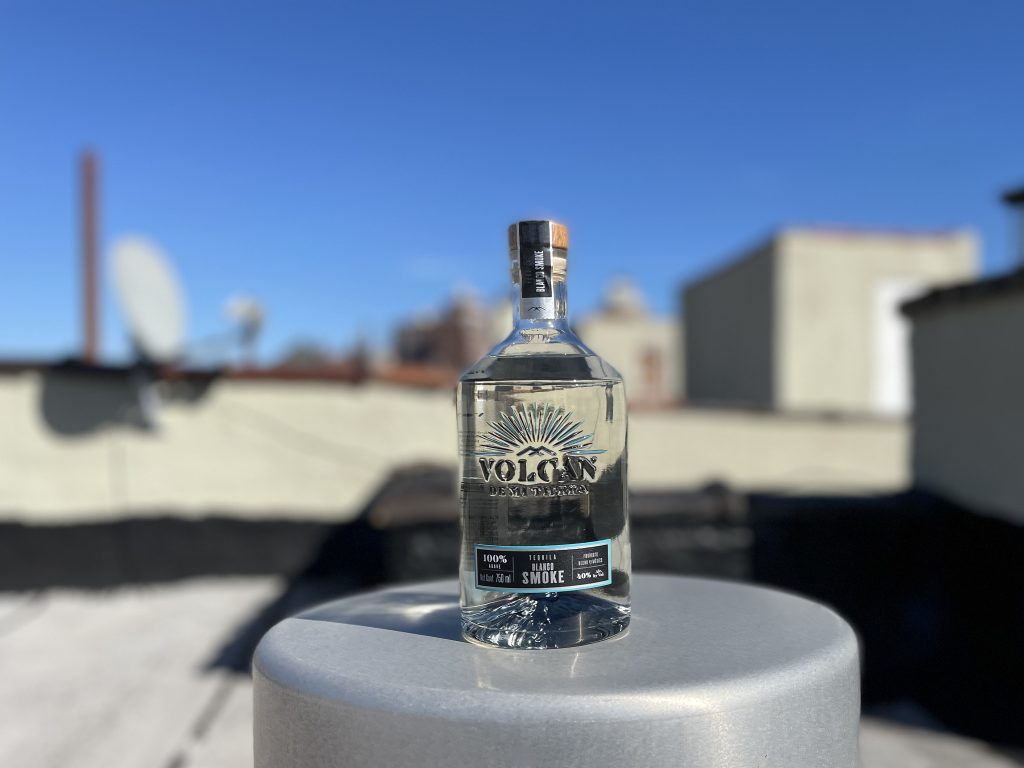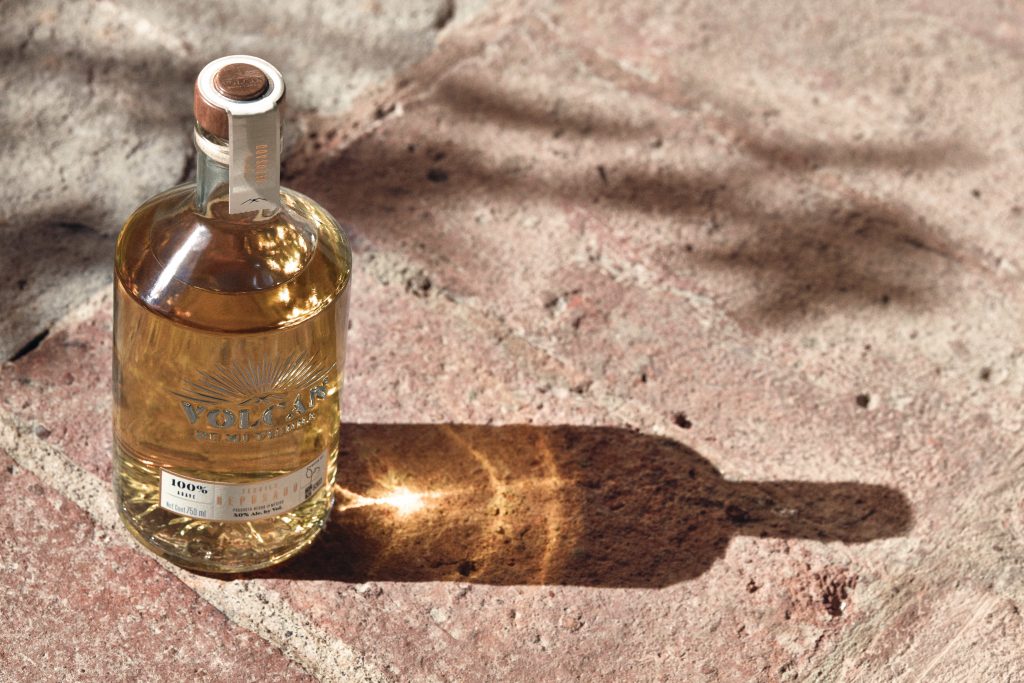Introducing Volcan De Mi Tierra Tequila
A new super-premium spirit invoking the volcanic soil its agave grows in
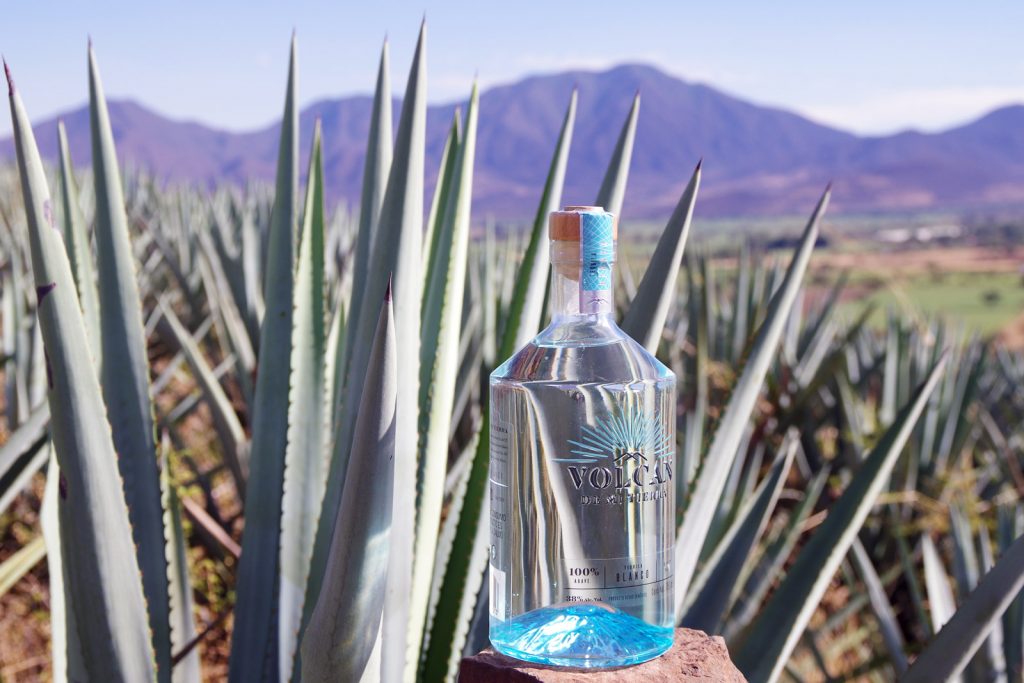
For two and a half years Moët Hennessy has been secretly developing their first-ever tequila. An organization that counts some of the world’s most prestigious alcohol brands in its roster—Ruinart, Glenmorangie, Belvedere and more—could have easily purchased an existing brand that sprung up in the last decade’s infatuation with the agave spirit. Rather than acquire, however, they partnered with Mexico’s Gallardo family and began developing a joint venture: Volcan De Mi Tierra tequila. A facility was built, Maestra de Tequila Anna Maria Romero Mena was brought in to develop the liquid, and today a limited amount of two distinct expressions—a zesty, vibrant Blanco and a creamy Cristalino—becomes available in premier US and Mexico City venues.
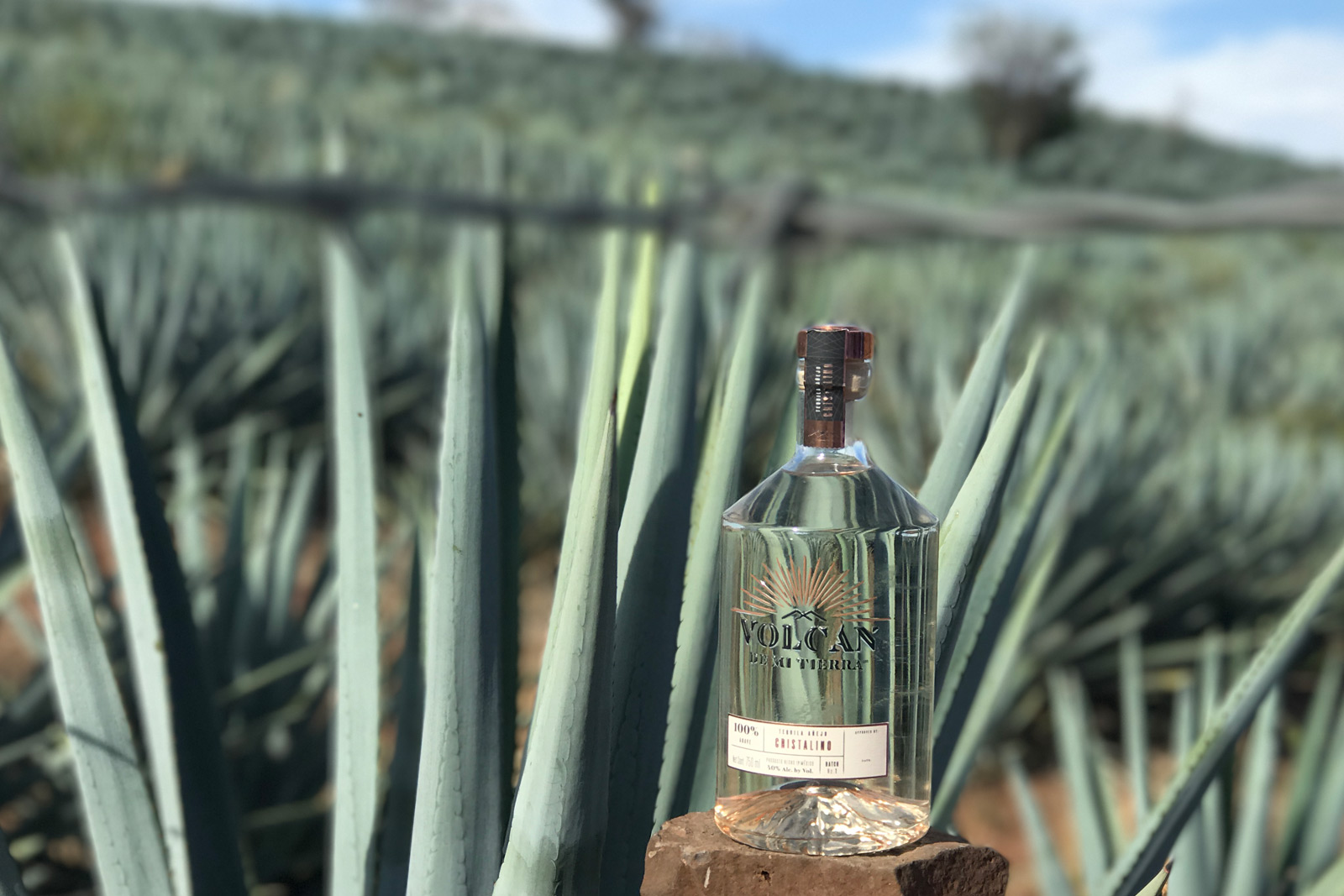
There’s much to address about Volcan as a whole and its layer upon layer of development—but one must begin with deconstructing the expressions first. No anecdote would matter if the tequila itself didn’t taste exemplary. Volcan’s two debut products fall into the super-premium category. The entry-level Blanco is a blend (in a way mirroring the process of whisky) of both highland and lowland blue agave. The former component yields a bright, citrus-forward energy to the spirit; the latter offers an earthy stability. Next, the entirely lowland Cristalino—a rising product category where an aged tequila’s color is removed through filtration—holds up against the best añejos. Tequila drinkers will notice a similarity to Don Julio 1942, with a flavor profile of creamy cooked agave and caramel. Both can be sipped neat, though like whisky, both can benefit in their own way from being consumed on ice.
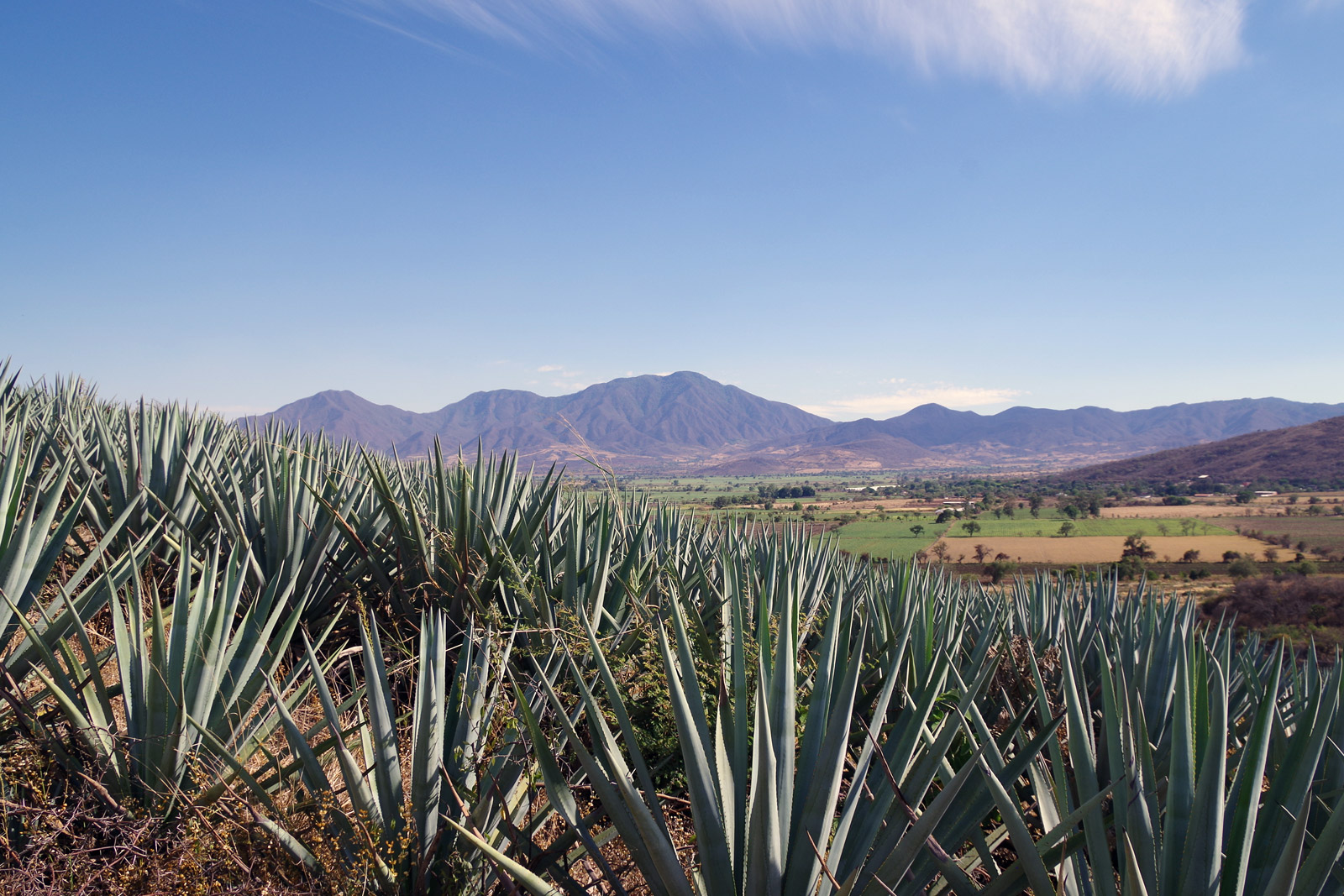
Since day one, Volcan has been overseen by its CEO and President Trent Fraser, the former Vice President of Dom Pérignon. When meeting with Fraser, his passion for the liquid and the brand’s inception shines forth. Volcan De Mi Tierra Tequila is a rarity in that Moët Hennessy does not develop brands from the ground-up with frequency. This was a considered decision. “We did substantial M&A research,” Fraser explains to CH. “I say I’ve been on this project for two and a half years but it’s been much longer than that. It began as diagnostics and research, category opportunity, brand and consumer performance,” he says. He did all this while maintaining his position at Dom Pérignon. “We never looked at a crazy acquisition,” he continues, “But we looked at medium ones. Then I moved away from this because you inherit a lot of amazing things but you also get the preexisting brand identity.” Fraser also struggled to find authenticity among medium-sized brands. Further, he says, “It was more that we wanted to own our place—our everything.”

Moët Hennessy began working with Don Juan Gallardo, a Mexican businessman with deep ties to the region. “The key drivers, honestly, where a spectacular liquid, a phenomenal story and a good bottle. You get that and you’re halfway there,” says Fraser. The rest is getting it to people. Together, they found an ideal location and things began to take shape. The Volcan facility continues to receive finishing touches on an estate in Tequila’s Jalisco region—in the lowlands beneath Tequila Volcano—though it’s long been fully operational. From the distillery, one has a clear line of sight to the volcano that lent so much minerality to the soil centuries ago. This volcano—and the 600 others in the area—are, in part, where the brand derived its name from.

Maestra de Tequila Anna Maria Romero Mena was given the brand name and a request for specific tequila age statement products. From there, it was her to job to imagine and then produce the flavor profile that would represent the brand. “When I think, ‘What makes the best type of tequila?’ The first thing that comes to mind is terroir,” she explains to CH. “There’s only one type of agave used in tequila, but we can work with the terroir—with the characteristics of the soil across the different regions. This is how you make a special tequila.” Here, she began to defy marketing lingo, which tends to value one region of agave over the other. “People think that the best tequila only comes from highland agave. I said, ‘Why?’ Lowland offers a different set of flavors. Really, it’s how you turn the materials into the tequila—how careful you are with each stage. It’s the process. This is my mentality.”

Romero Mena’s process is incredibly nuanced. The Volcan Blanco is 75% slow-roasted lowland agave, heated in a traditional stove for 44 hours and crushed on a stone wheel. This is ultimately blended with 25% highland agave that’s cooked for 12 hours. The latter holds more water but has a lower density of fibers, which is why it yields a fruitier flavor. Romera Mena experimented with various types of yeast for fermentation, settling on champagne and rum yeast. Everything is then distilled in a copper still and distilled again in stainless steel before left to rest for 30 days. Liquid that will become the Cristalino expression is then aged.

A Blanco makes sense for a new tequila brand but the Cristalino may come as a surprise. This was a request from Moët Hennessy who had noticed the expression’s emergence of late. “In my past, I’ve developed these for other brands,” says Romero Mena. “I said, ‘What would happen if we were to put it into a barrel for a final time?’ I asked for Hennessy barrels and Glenmorangie barrels.” The añejo spends time in Glenmorangie casks and the extra añejo in Hennessy casks, and are then blended to create the Cristalino. Aging in these barrels does not impart color as they’re quite worn. They do however impact the spirit, from flavor to consistency. Both tequilas will appeal to the casual drinker—they simply taste good. That said, venturing into all the details of Romero Mena’s process will appeal to any tequila enthusiast looking to learn more.
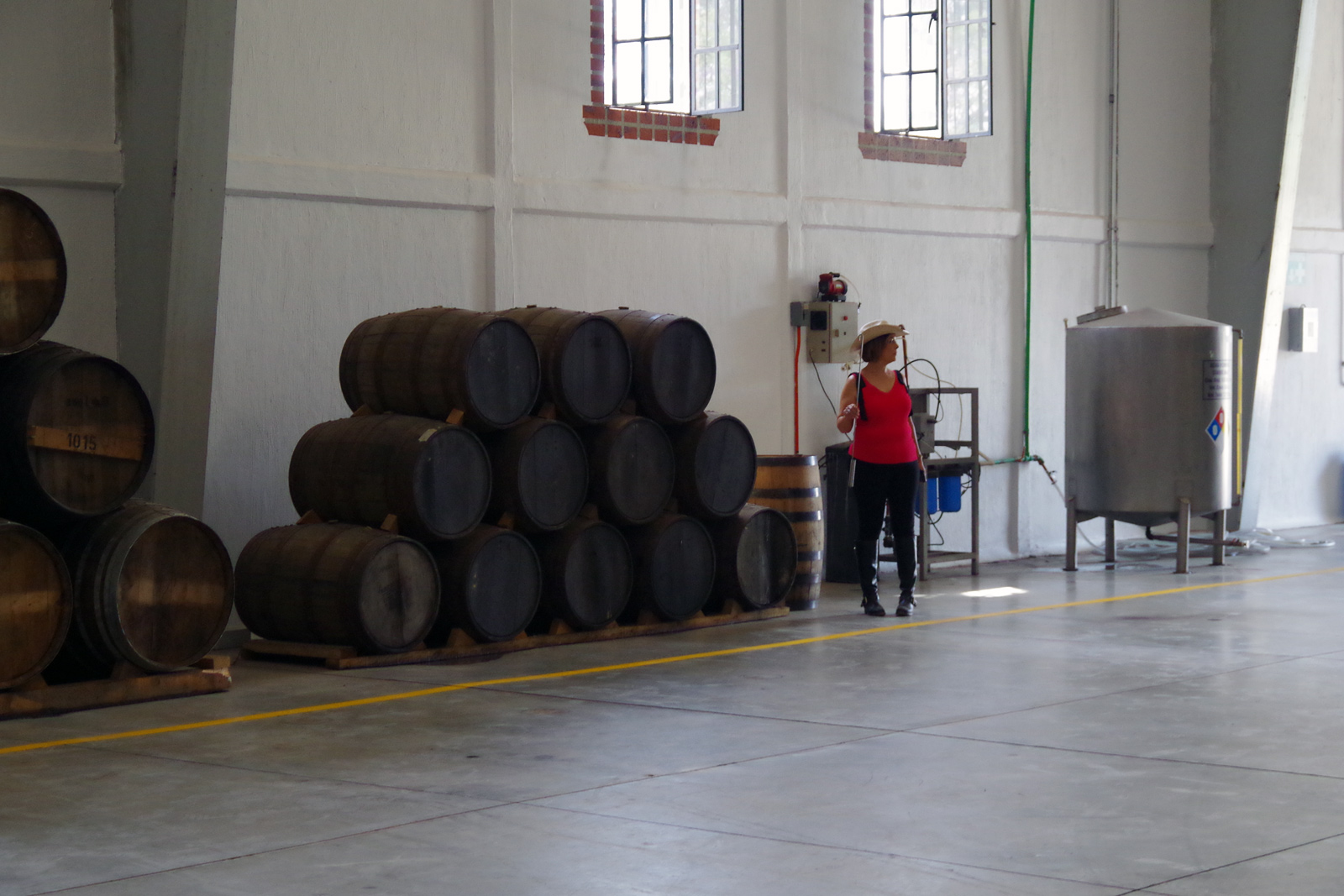
Christophe Navarre, the Global CEO of Moet Hennessy, shares with CH, “The spirit of Volcan is what sets us apart. It is built on a spirit of entrepreneurship, with a small, nimble and agile team. We have been very considered and patient and will continue to do so for the future of Volcan.” Fraser affirms that despite the powerhouse parent company, this brand really is a start-up. As someone who has made just about every decision along the way, Fraser also makes clear that he is indebted to the region. “Volcan De Mi Tierra of course pays homage to the Volcano called Tequila,” he concludes, “But also to this amazing land, the people, the community and the unique terroir.”

Volcan De Mi Tierra is rolling out to select restaurants and bars in the US and Mexico City. Because of its small production volume, the two spirits are not expected in retail locations for at least another year—though a suggested retail price then will most likely be $39 for the Blanco and $59 for the Cristalino. For updates, Moët Hennessy is directing people to the Volcan De Mi Tierra Instagram.
Images by David Graver
